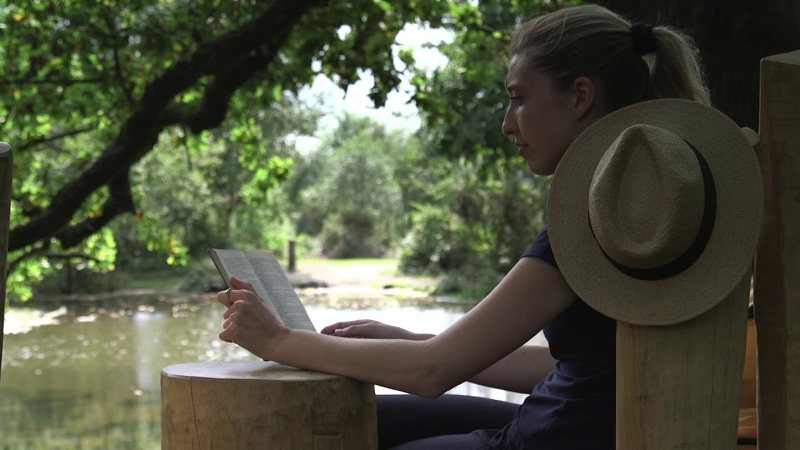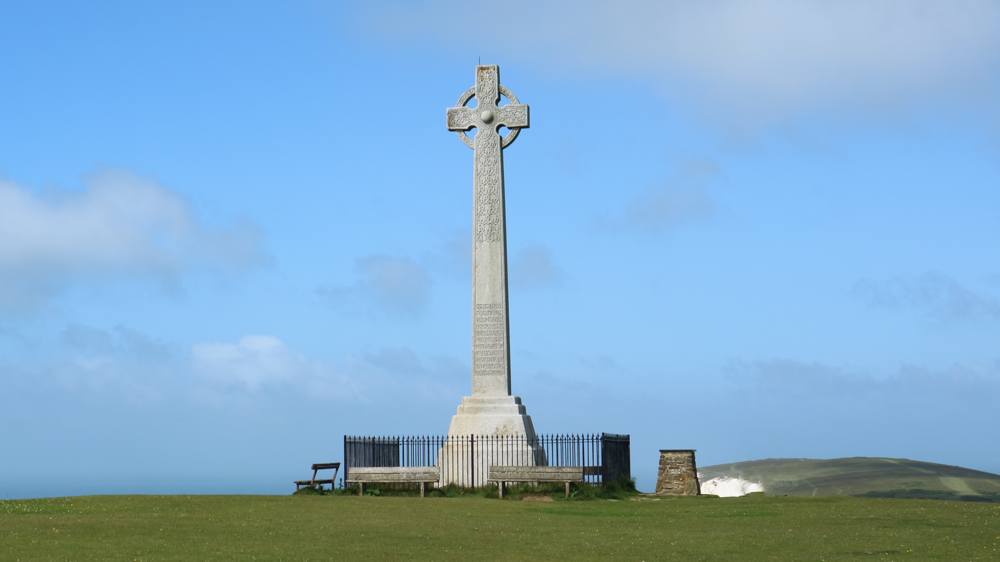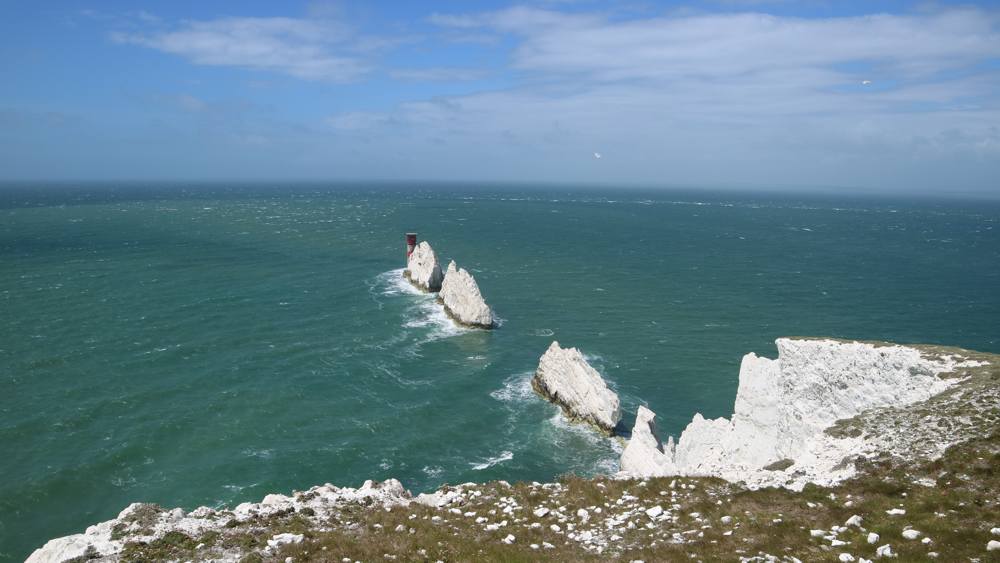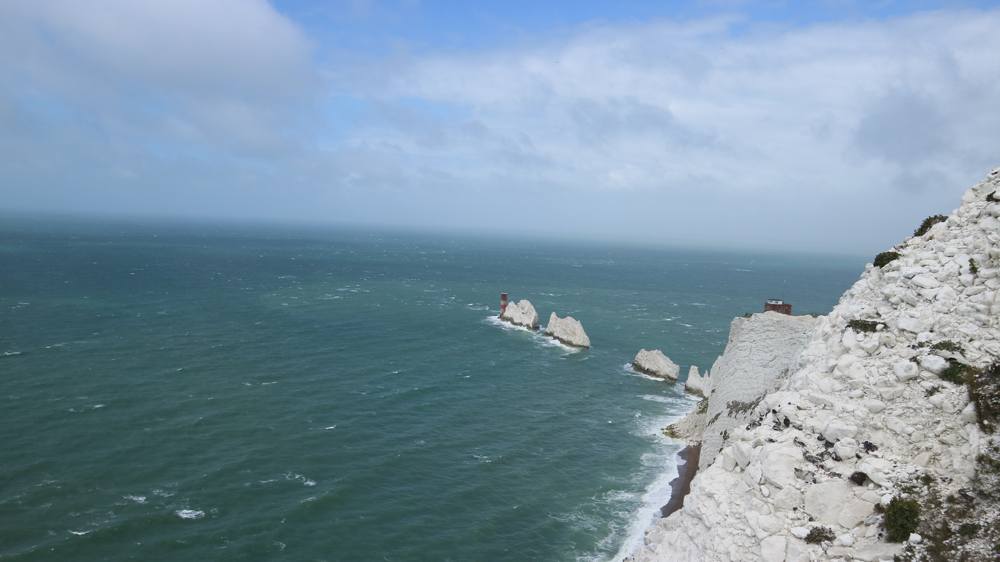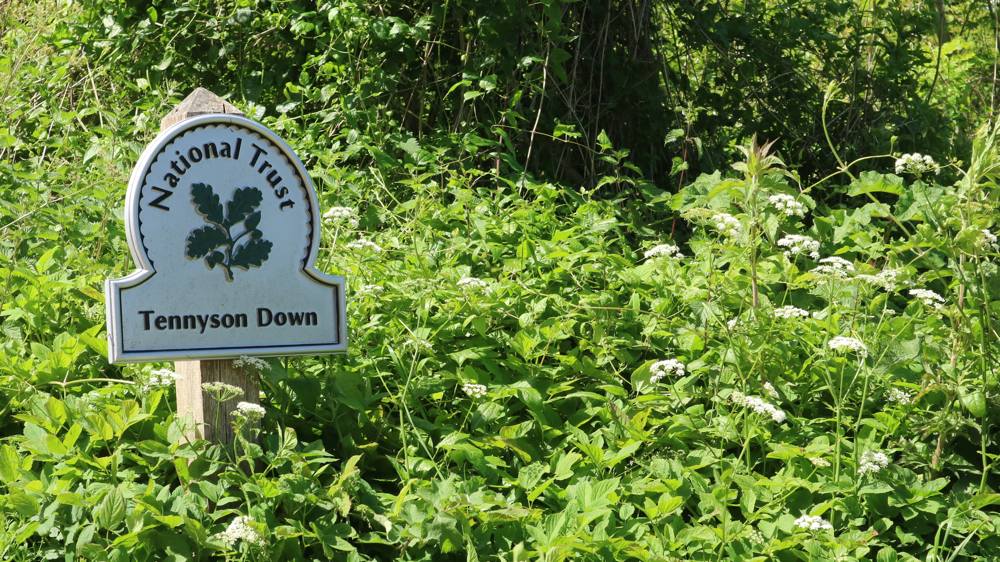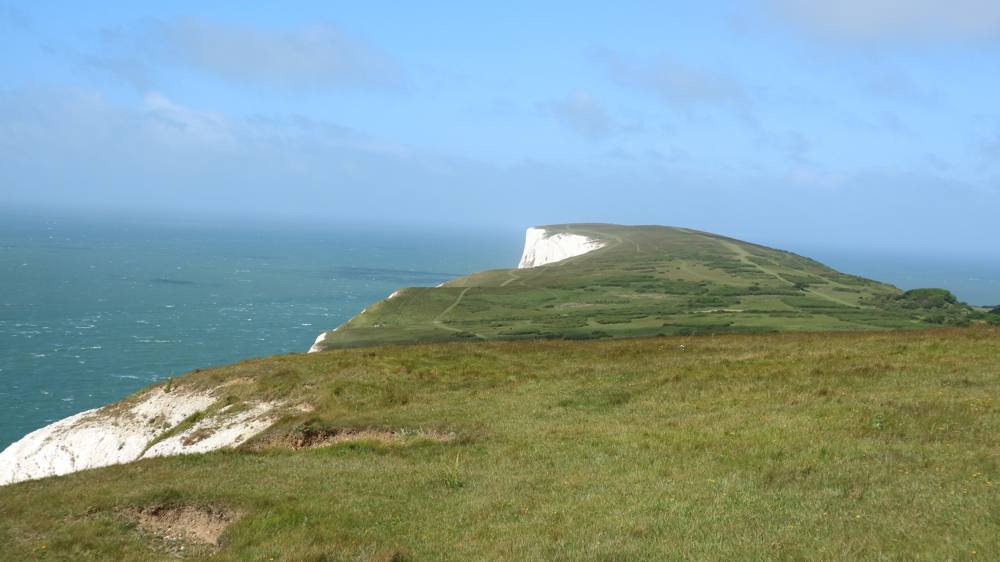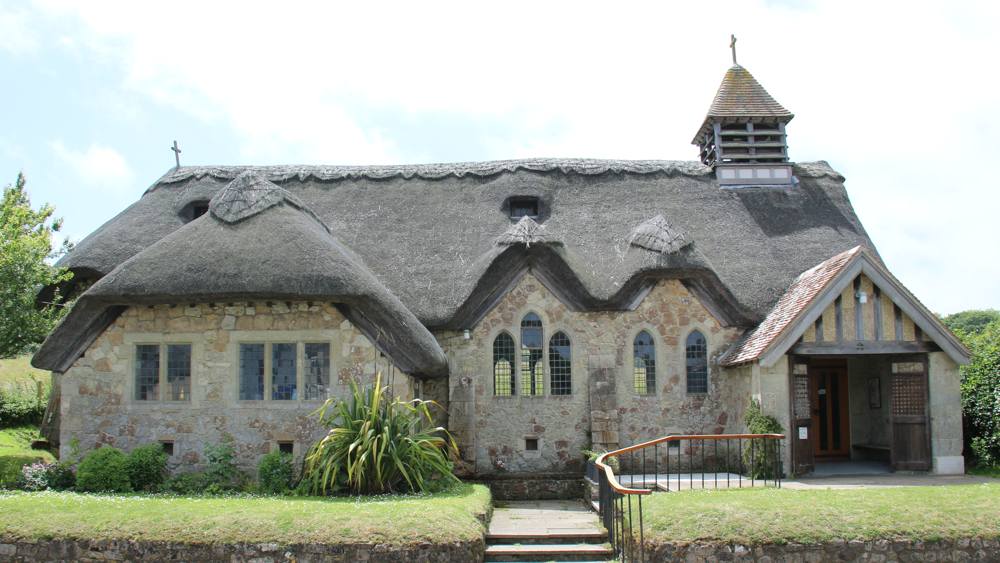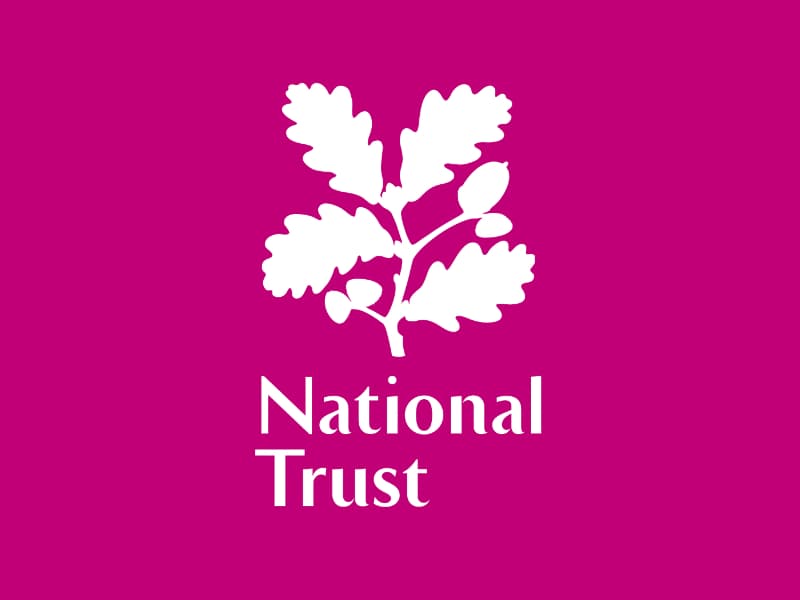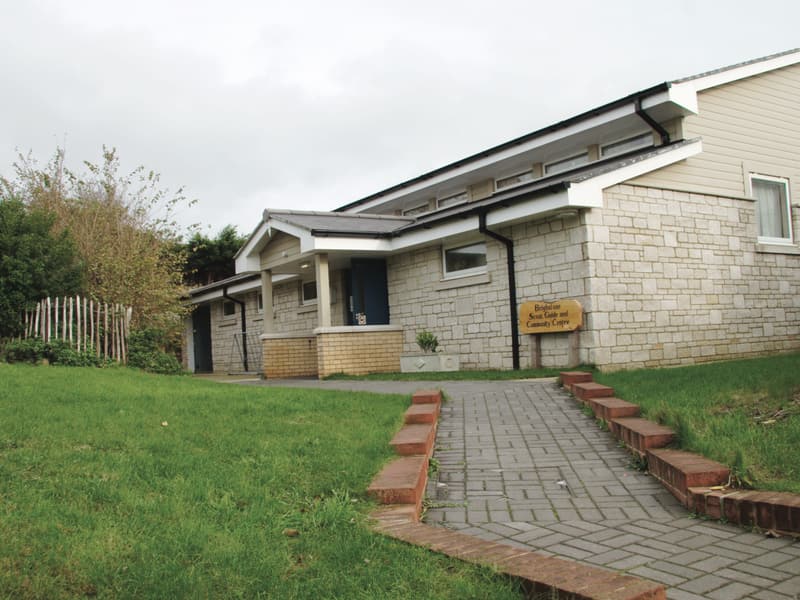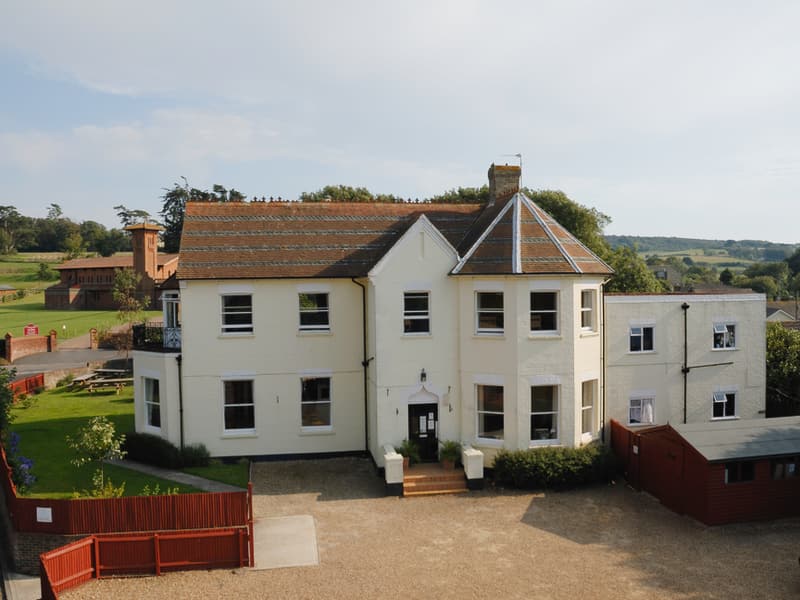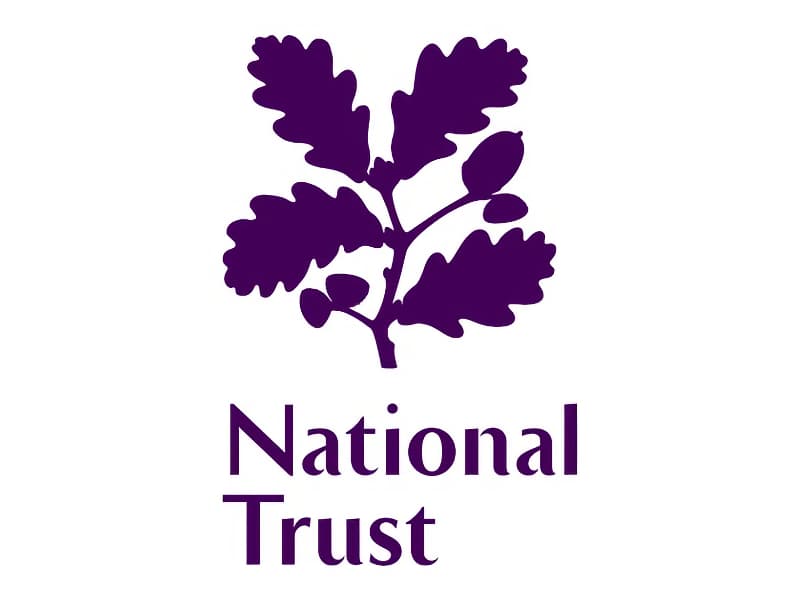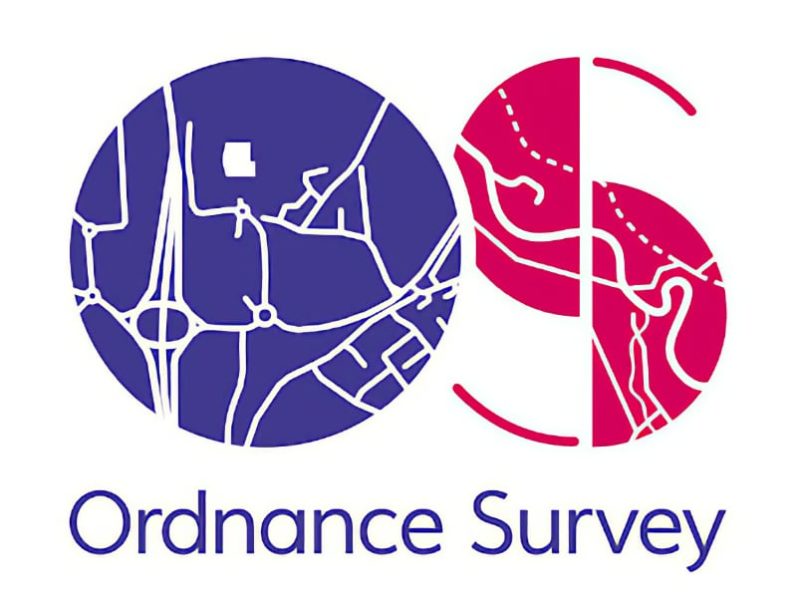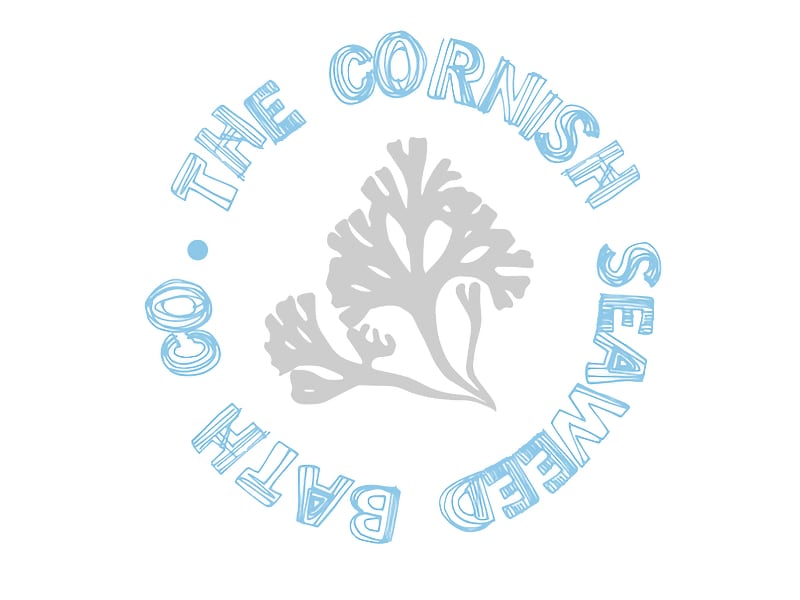Walk Details
This circular walk explores the wild western tip of the Isle of Wight, taking in Alum Bay, The Needles and Tennyson Down with great views across the Solent.
The National Trust has some fantastic walks and this one is no exception. The Tennyson Monument marks the highest point on the chalk cliffs of West Wight, 482ft (147m) above sea level.
The poet Alfred Lord Tennyson came to live in West Wight in the 1870s and – robed in his distinctive black cloak – walked daily on the downs, composing some of his most famous works. It was with the income from his poem ‘Maud’ that he was able to purchase nearby Farringford, his family home. The Cornish granite cross was erected in his memory in 1897.
You’ll get great views of the iconic Needles that form the western tip of a band of chalk, which crosses the centre of the Isle of Wight, stretching to Culver Cliff in the east. This chalk ridge once joined up with the chalk in Dorset. Originally there were four rocks. The missing one – a needle-shaped rock known as ‘Lot’s Wife’ – collapsed in a great storm in 1764.
Today’s Victorian lighthouse is a circular granite tower. Its sides are three feet thick at the base, able to withstand waves of up to 20 feet.
The Old Battery is a military fort commissioned by Lord Palmerston in 1862 to protect the Solent from a French invasion. The invasion never came, so the Battery is known as one of Palmerston’s Follies. A secret winding tunnel through the cliffs leads to a searchlight position with a unique panorama of the Needles. Built in the 1890s, the New Battery played an unlikely role in Britain’s secret Space Age programme in the 20th century when it was used as a rocket test site.
Nodes Beacon, dating back to 1638, once stood on the spot now occupied by the Tennyson Monument. The beacon was one of a chain of beacons across the Island which were lit to warn of impending invasion. The stump of the beacon was moved to its present position on West High Down alongside a half size replica of the original.
St Agnes is the only thatched church on the Isle of Wight. It was built in the early 1900s but some of the stonework was recycled from the 17th century birthplace of the scientist Robert Hooke, and a 1622 datestone can be seen on the outside of the vestry wall. The land for this new church was donated by the son of the poet laureate Lord Tennyson whilst he was living at nearby Farringford.
This truly is a walk with beautiful sights and stories.
Carpark: National Trust , Tennyson Down – Totland Bay, PO39 0HY
 Nearest Train (or tube) Station(s):
Nearest Train (or tube) Station(s):
Lymington, Southampton
Read the Countryside Code before venturing out
Make sure to take a map and compass, and know how to use them before going into our National Parks #BeAdventureSmart
Tips for New Walkers: click here to download (PDF).
Remember to prepare properly before heading out on any type of walk or outdoor activity. Tell people where you are going and what time you are expected back. As Wainwright says "There's no such thing as bad weather, only unsuitable clothing".

